World’s biggest iceberg is caught on camera: Incredible footage shows ‘megaberg’ twice the size of Greater London as it floats out into the Southern Ocean after 30 years stuck to the seabed
Incredible footage has provided a new view of the world's largest iceberg as it begins its journey towards the Southern Ocean.
The iceberg, named A23a, has an area of about 1,540 square kilometers – more than twice the size of Greater London (607 square miles) – and a whopping 1,312 feet thick.
It made headlines last week after it started moving after being stuck on the ocean floor for 30 years.
Now the British Antarctic Survey (BAS) has released new videos and images captured by the RRS Sir David Attenborough, showing the 'megaberg' stretching into the distance beyond the research vessel.
“It is incredibly fortunate that the route of the iceberg out of the Weddell Sea was directly perpendicular to our planned path, and that we had the right team on board to take advantage of this opportunity,” said Dr Andrew Meijers, RRS Sir David Chief Scientist . Attenborough and scientific leader Polar Oceans at BAS.
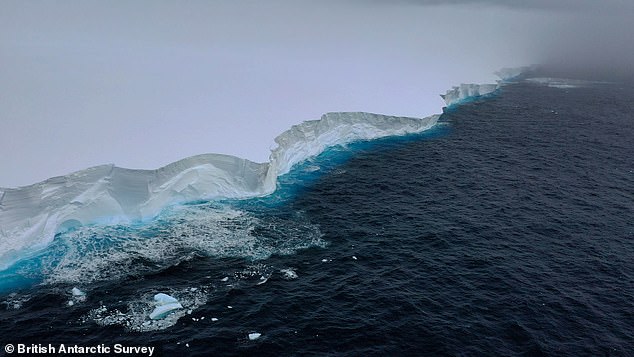
Incredible footage has provided a new view of the world's largest iceberg as it begins its journey towards the Southern Ocean
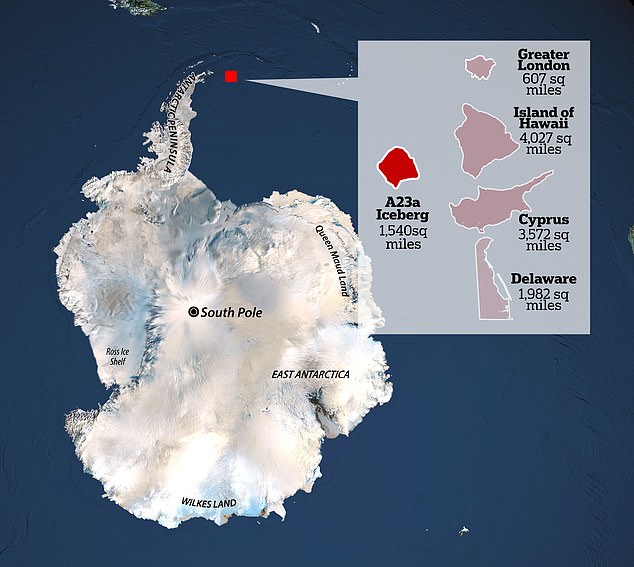
The iceberg, called A23a, has an area of about 1,540 square kilometers – more than twice the size of Greater London (607 square kilometers) – and a whopping 1,312 feet thick
While A23a originally calved from the Filchner Ice Shelf in 1986, it remained grounded on the seabed until last week.
On November 24, the megamountain broke loose and began moving from the Weddell Sea sector into the Southern Ocean.
According to the BAS, the megaberg is now likely to be dragged into an 'iceberg alley' by the Antarctic Circumpolar Current.
This places it on a common iceberg track towards the sub-Antarctic island of South Georgia.
This week the RRS Sir David Attenborough happened to pass the iceberg as part of its planned route towards the Weddell Sea.
“We are fortunate that navigating the A23a did not impact the tight timing for our science mission,” said Dr. Meijers.
'It's amazing to see this huge mountain with your own eyes; it stretches as far as the eye can see.”
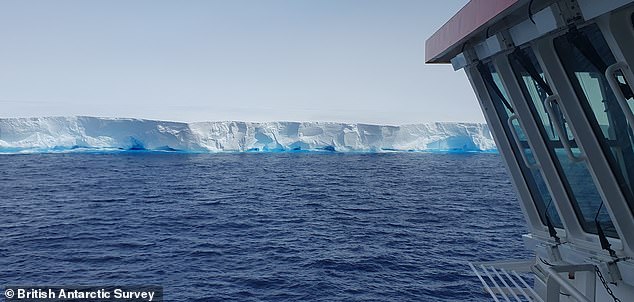
The iceberg made headlines last week after it started moving after being stuck on the ocean floor for 30 years
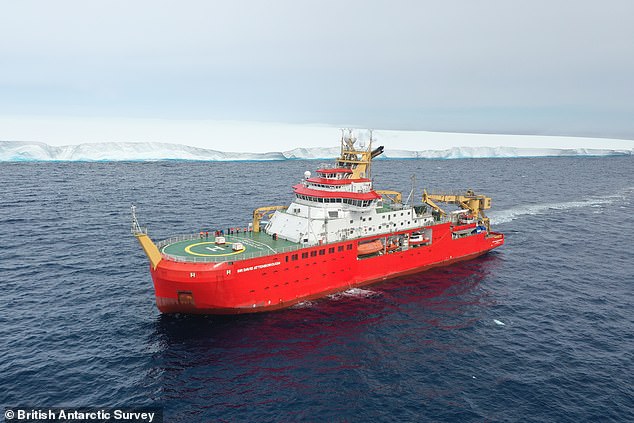
The British Antarctic Survey has released new videos and images taken by the RRS Sir David Attenborough showing the 'megamountain' stretching into the distance beyond the research vessel
In addition to filming, the researchers also took samples from the iceberg.
They hope these will help us understand how climate change is affecting the Southern Ocean and the organisms that live there.
Laura Taylor, a biogeochemist working on the mission, said: 'We know that these giant icebergs can provide nutrients to the waters they pass through, creating thriving ecosystems in otherwise less productive areas.
'What we don't know is what difference certain icebergs, their size and their origin can make to that process.
'We took samples of the surface water of the ocean behind, immediately next to and in front of the iceberg's path.
“They should help us determine what life might form around A23a, and how this iceberg and others like it affect ocean carbon and its equilibrium with the atmosphere.”
The record for the largest current iceberg changes most years, as new icebergs from the Antarctic continent are calved and then break up into smaller fragments.
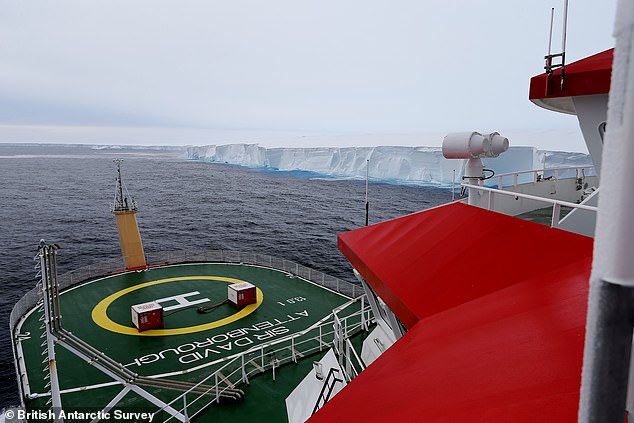
While A23a originally calved from the Filchner Ice Shelf in 1986, it remained grounded on the seabed until last week
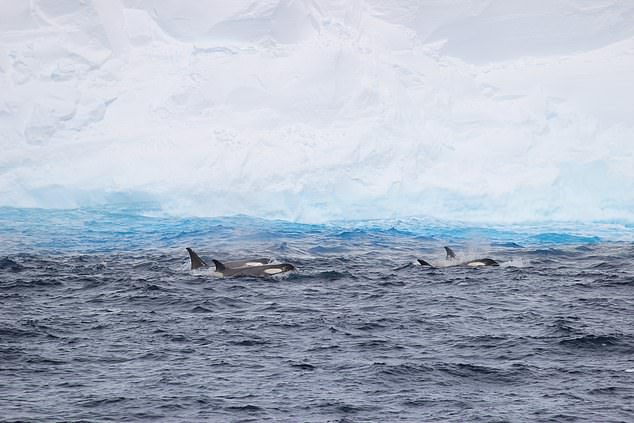
In addition to filming, the researchers also took samples from the iceberg. They hope these will help us understand how climate change is affecting the Southern Ocean and the organisms that live there
Rising water and air temperatures due to global warming are causing instabilities along the coasts of Antarctica and Greenland, accelerating melting and increasing calving rates.
The former record holder was A76, which broke away from an ice shelf in the Weddell Sea in May 2021, but has since fragmented into three pieces.
“The calving of icebergs from Antarctica's ice shelves is part of the natural life cycle of glaciers,” says Professor Geraint Tarling, Ecosystems Science Leader at BAS.
